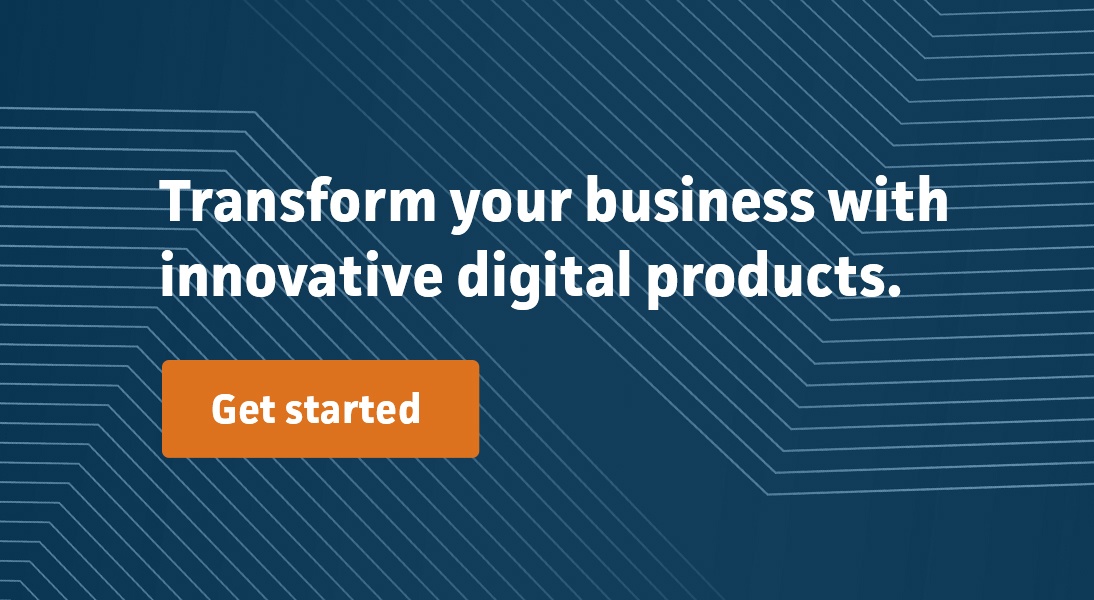Some people think the key to building a successful product is to cram it full of features. But the truth is, sometimes less is more. Building a Minimum Viable Product (MVP) is a lean digital development approach that can help you maximize speed-to-market while minimizing capital investments. The MVP allows users to get early access to your product while providing constant user feedback that can be used to iterate on the product or validate ideas. Keep reading to learn more about MVPs and how they can benefit your business.
What is a Minimal Viable Product
An MVP has just enough features to be usable by your target audience. It’s a version of a product or service that offers enough value to satisfy early customers, yet at the same time provides a basis for learning and development. Gartner describes an MVP as, “a way to validate customer needs and demands prior to developing a more fully featured product, reducing development time and effort.” At its core, MVP is a methodology used to validate ideas quickly and inexpensively before investing significant time and money into the full development. Furthermore, it’s a strategic approach used by companies with limited resources to create scalable products that generate feedback from customers right away. According to Forbes Magazine, the MVP approach is a popular launch scheme used by famous brands like Figma, Uber, Dropbox, and Slack. By creating an MVP, businesses have the information they need to efficiently develop their product or service over time and eventually add more features that enhance customer experience. Ultimately, this methodology allows businesses to test assumptions in order to turn them into reliable facts.
Why build an MVP
Reaching users quickly and efficiently is key for any new product or service. This development approach can help maximize speed-to-market while minimizing capital investments. The MVP allows users to get early access to your product while providing constant user feedback that can be used to iterate on the product or validate ideas. It’s possible to move from idea to working prototype in a short period of time, reducing months-long product or service launches down into manageable chunks of helpful data that will inform future iterations and validate existing ideas. With this time-efficient method, businesses can confidently move towards achieving their long-term goals while delivering real value quickly without significant capital investment upfront.
How to determine the features your MVP should have
When it comes to determining the features that should be included in your MVP, use cases and business needs should be the primary focus. Understanding the user roles and the tasks they are expected to be able to do with the product is critical. This activity helps narrow down the essential features needed.
Additionally, business needs and objectives should also be taken into consideration when making decisions about which features to include in the MVP. Allowing enough time upfront to research use cases and assess business needs helps ensure that any development efforts are focused on creating a product or service that meets customer requirements and aligns with business goals.
Getting feedback from users
It’s essential to incorporate user feedback during the development process. Doing so makes it easy to pinpoint usability issues early on and make sure they are addressed quickly. To effectively get user feedback, it’s recommended to run user tests by inviting real users, often called “friendlies” to test the product and provide their input. During this early testing period, users can be asked to answer questions about the product, demonstrate their experience with it, or provide suggestions that may help improve it. Smashing Magazine advises that the quality of the questions influence the quality of the feedback. It’s helpful to use qualitative methods like surveys and user interviews or even record users as they navigate about the system to gain deeper insights. By leveraging user testing during the MVP development process you will be able to quickly identify usability issues and make changes that better meet user needs.
The benefits of starting with a minimal viable product
MVP’s can provide a variety of benefits to businesses. Since MVPs are the simplest version of a product offering, deliberately released with just enough features to test how that product catches on with the intended audience, they are a cost-effective method to test a market.
Additionally, speed to market often means the difference between success or failure, as those companies that are faster have the ability to capture more customers creating loyal users and market share before other companies enter the market.
An MVP provides an opportunity to test features, refine market strategies, optimize resources, and secure funding if necessary while making sure customers are satisfied.
Mission Data understands the complexity involved when designing a minimal viable product and is committed to helping clients achieve success through the experience-based methodology. Reach out to us if you need support in the process — we’d be more than happy to help.



